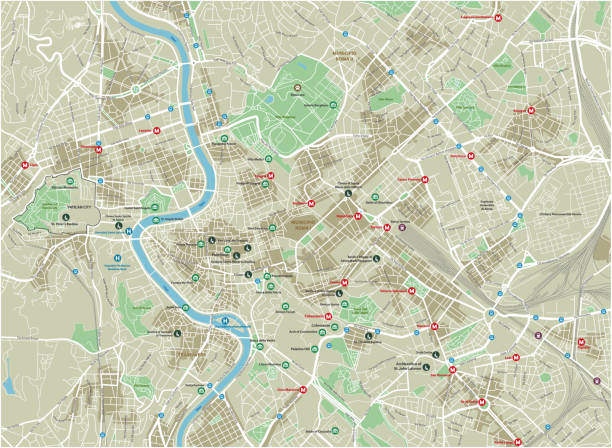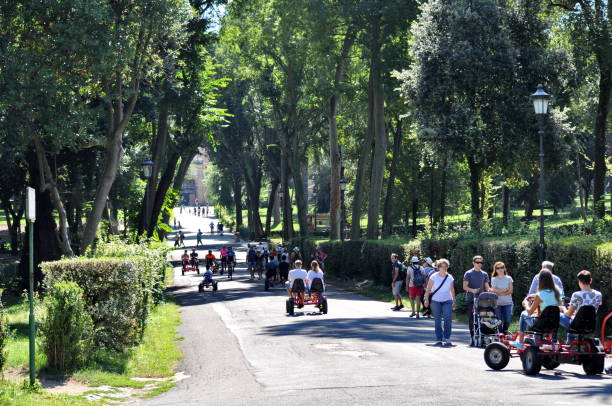By Dr. Leopoldo Bianconi, Cardiologist at Aventino Medical Group, Rome
A city to be lived… on foot
“Rome is a vibrant city, pulsating like an ancient heart,” says Dr. Leopoldo Bianconi. Its streets, parks, and historical landmarks are not only a feast for the eyes but also an open-air gym for our cardiovascular system. Regular walking in the city can reduce blood pressure, improve circulation, and lower cholesterol and blood glucose levels. Numerous studies, including one published in the Journal of the American Heart Association, show that walking for at least 30 minutes a day significantly reduces the risk of heart attacks and strokes. In a city like Rome, where every step tells a story, walking also becomes a pleasure for the soul.

How much should you walk to stay healthy?
According to WHO guidelines, just 150 minutes of moderate walking per week can improve cardiovascular health. This equates to around 30 minutes a day, five days a week. It is important to find the right balance between effort and benefit: the pace should be brisk but not exhausting. Ideally, you should be able to talk while walking without getting out of breath. Monitoring your heart rate can be helpful: the optimal range for moderate activity is between 50% and 70% of your maximum heart rate (maximum heart rate = 220 – your age). In Rome, the variety of flat and hilly routes offers options for all ages and fitness levels.

Where to walk in Rome? The best cardio-friendly routes
Villa Doria Pamphilj, Parco della Caffarella, Gianicolo, and Lungotevere are just some of the ideal routes for a healthy walk. These places offer not only cleaner air and shade but also regular paths to train your heart and muscles safely. It is helpful to choose the cooler hours, wear comfortable shoes, and stay hydrated. Some routes, such as those in the Aventino neighborhood, allow you to combine physical activity with moments of tranquility and contemplation. For those who have had heart issues, it’s always advisable to consult with a cardiologist before starting a new exercise program.

Heart and mind: a connection that walks together
Regular walking not only reduces cardiovascular risk factors but also improves psychological well-being. Numerous studies have shown that physical activity, especially outdoors, helps lower cortisol levels, the stress hormone, improving mood and sleep quality. Walking in Rome can therefore be a form of preventive medicine: every step helps care for both the heart and the mind. It’s a holistic approach to health, combining medicine, lifestyle, and the appreciation of the surroundings.

Conclusion
Walking in Rome is not just a way to discover the city, but also a concrete gesture of self-care. The heart benefits from this simple, natural activity, which can be easily integrated into your daily routine. In an urban environment full of positive stimuli, physical activity becomes a regenerative experience that improves life quality and prevents many diseases. Whether it’s a quick walk before work or a stroll in the parks on the weekend, every step is an investment in your health.
A heart healthplan tailored for you
Do you want to take care of your heart with the support of a specialist?
